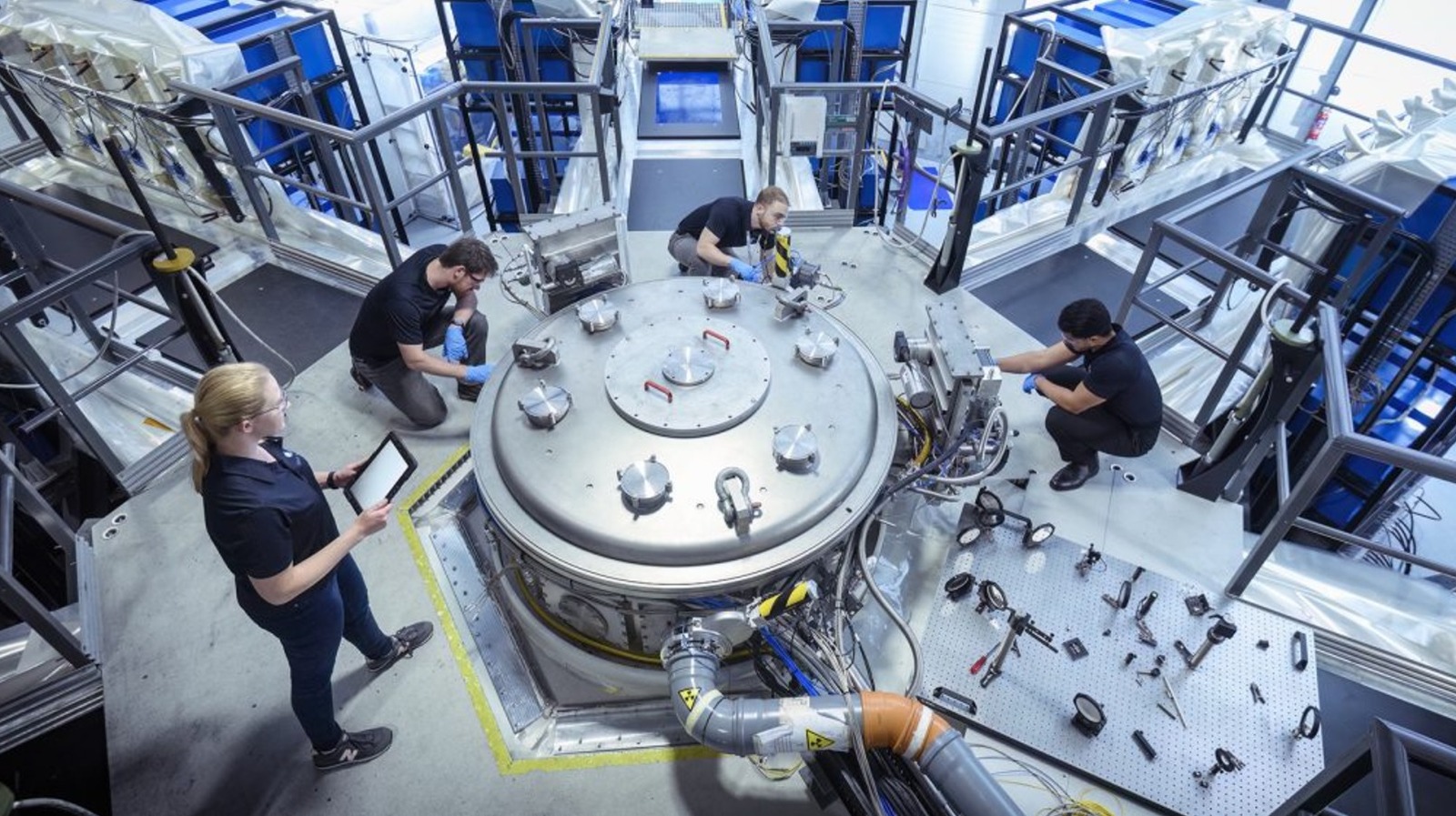Recent advancements in fusion power technology have brought the prospect of nearly limitless energy closer to reality. A team at First Light Fusion (FLF) in the United Kingdom has achieved a significant milestone by developing a method for “high gain” inertial fusion. This breakthrough marks a pivotal moment in the quest for sustainable energy, with the potential to revolutionize how electricity is generated across the globe.
Fusion power harnesses the energy released when two light atomic nuclei combine to form a heavier nucleus. Theoretically, this process could produce vast amounts of energy, enabling a shift away from fossil fuels and significantly reducing greenhouse gas emissions. While many breakthroughs have surfaced in fusion research, a commercially viable reactor has yet to be realized. FLF’s recent innovation, however, offers a promising pathway towards that goal.
Revolutionary High Gain Technique
The new process, named FLARE (Fusion via Low-power Assembly and Rapid Excitation), has the capacity to achieve a gain factor of 1,000. This achievement starkly contrasts with previous experimental gains, which reached only four, as demonstrated by the U.S. Department of Energy’s National Ignition Facility in May 2025. In fusion research, “gain” refers to the energy produced exceeding the energy input required for the reaction.
FLARE accomplishes this by separating the compression and heating phases of the fuel. Initially, the fuel is compressed to generate a substantial surplus of energy, employing a method known as “fast ignition.” This innovative approach is a significant leap forward, as it translates theoretical research into practical application for the first time.
In a white paper detailing FLARE, FLF states that just one kilogram (2.2 lbs.) of fusion fuel could yield energy equivalent to that produced by 10 million kg of coal (approximately 22,046,226 lbs.). Ignition occurs when a small quantity of fuel reaches fusion temperature—around 100 million kelvin (179,999,540 degrees Fahrenheit)—enabling a self-sustaining reaction.
Potential Impacts on Energy Generation
Although generating such extreme heat requires substantial initial energy, the potential for self-sustaining fusion would vastly outweigh these startup costs. If FLARE operates as anticipated, it could pave the way for the establishment of multiple fusion reactors, thereby providing a sustainable energy source capable of powering the planet.
As research in fusion power continues to advance, the question may no longer be “if” humanity can achieve practical fusion energy, but rather “when.” The breakthroughs achieved by FLF signal a pivotal step towards a future where clean, renewable energy could become a reality, significantly impacting global energy consumption and environmental sustainability.
The implications of FLF’s work extend beyond mere energy generation. Achieving reliable fusion power could transform energy markets, reduce dependence on fossil fuels, and contribute to global efforts aimed at combating climate change. While the journey to a commercially viable fusion reactor remains long, the progress made by organizations like First Light Fusion offers hope for a cleaner, more sustainable future.







